I am transferring VHS tapes to digital.
I have a working VCR, a Dazzle DVC100 and Ubuntu 22.04. I also have a CRT TV I use to monitor the VCR output.
I am in UK so the tapes are PAL - I
I was using a Windows laptop but had trouble with dropped frames, and still don't completely understand the O/P and Canvas pixel settings, so decided to migrate to the Ubuntu desktop as it is more powerful, but although the dropped frame problem seems better, I can't find the right sound settings.
In spite of Dazzle bad reputation for Audio I did get sound through on the windows laptop by using desktop audio.
However in Ubuntu I can get a sound bar displayed but the indicator isn't moving.
I have to deal with Pulse settings as well as the OBS settings and don't know where to start. Not even sure whether to use ALSA or Pulse.
Attached a few screenshots, can anyone say where I am going wrong?
For audio monitoring I intend to use the 3.5mm analogue audio output that I normally use.
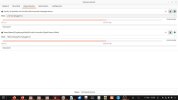



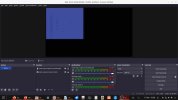
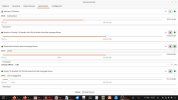
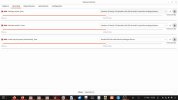
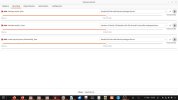
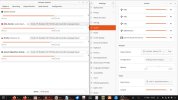
I have a working VCR, a Dazzle DVC100 and Ubuntu 22.04. I also have a CRT TV I use to monitor the VCR output.
I am in UK so the tapes are PAL - I
I was using a Windows laptop but had trouble with dropped frames, and still don't completely understand the O/P and Canvas pixel settings, so decided to migrate to the Ubuntu desktop as it is more powerful, but although the dropped frame problem seems better, I can't find the right sound settings.
In spite of Dazzle bad reputation for Audio I did get sound through on the windows laptop by using desktop audio.
However in Ubuntu I can get a sound bar displayed but the indicator isn't moving.
I have to deal with Pulse settings as well as the OBS settings and don't know where to start. Not even sure whether to use ALSA or Pulse.
Attached a few screenshots, can anyone say where I am going wrong?
For audio monitoring I intend to use the 3.5mm analogue audio output that I normally use.








